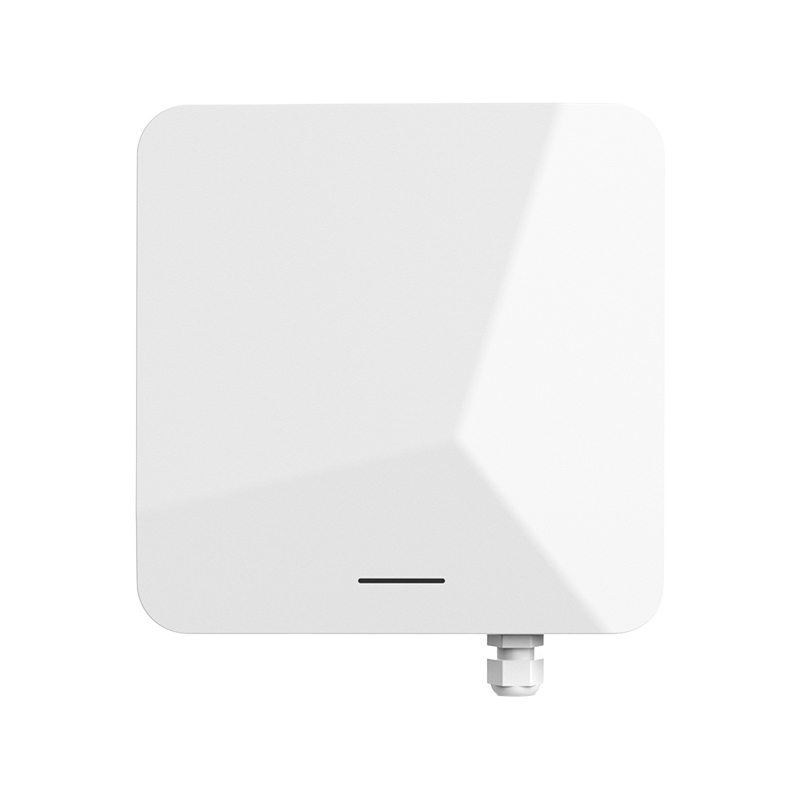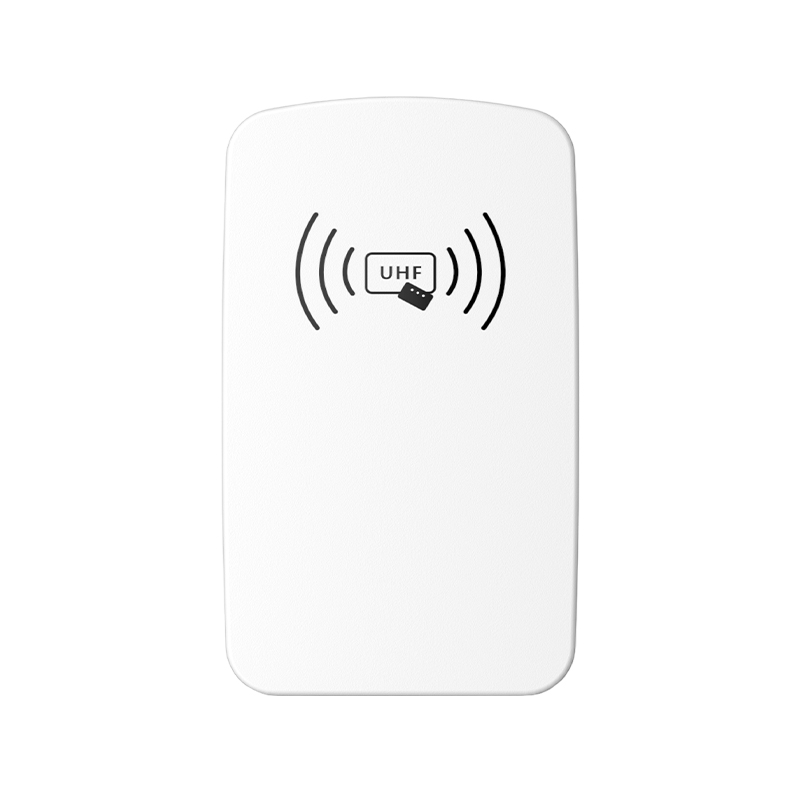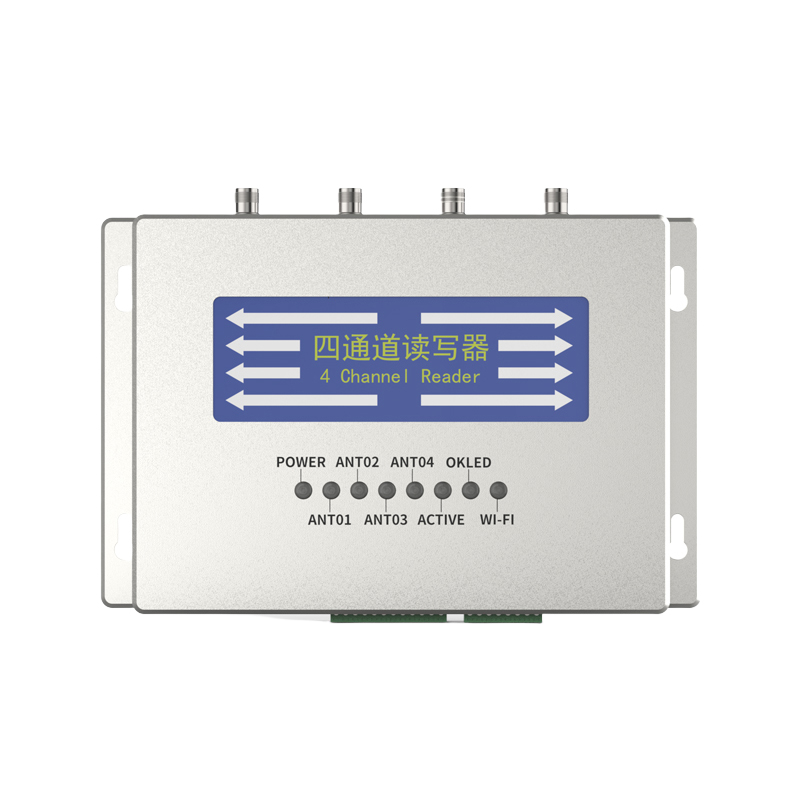How does the RFID reader module achieve full signal coverage?
Release Time : 2025-09-04
With the rapid development of the Internet of Things and intelligent management systems, UHF RFID (ultra-high frequency radio frequency identification) technology has become a core means for automatic item identification, batch tracking, and efficient management. As the "brain" of the system, the RFID reader module, with its multi-channel architecture and high-performance design, is becoming a key component in building a comprehensive, blind-spot-free identification network. It not only offers advantages such as long-range reading, strong anti-interference capabilities, and a high level of protection, but more importantly, through the coordinated operation of four independent RF channels, it achieves true full signal coverage in complex scenarios, providing a stable and reliable sensing foundation for applications such as warehousing and logistics, intelligent manufacturing, and smart transportation.
1. Four-Channel Design: From "Single-Point Scanning" to "Three-Dimensional Coverage"
Traditional single-channel readers can only connect to a single antenna, resulting in limited signal coverage and susceptible to obstruction by objects and environmental interference, resulting in blind spots. The RFID reader module, however, is equipped with four independent RF interfaces, allowing simultaneous connection to four UHF antennas, deployed in different directions or at different heights. Through strategic placement, such as at the four corners of warehouse entrances and exits, at the front and back of production line workstations, or on multiple levels of three-dimensional shelving, multi-angle and multi-layered electromagnetic field cross-coverage is achieved, significantly expanding the recognition area, eliminating signal blind spots, and achieving continuous and stable capture of mobile tags.
2. Intelligent Antenna Switching and Synchronization Control
The four-channel reader supports multiple operating modes, including polling scanning, synchronous transmission, and time-sharing triggering. In polling mode, the four channels are activated sequentially to avoid signal interference, making it suitable for high-density tag environments. In synchronous mode, multiple antennas transmit simultaneously, improving recognition speed and responsiveness. In time-sharing triggering mode, sensors (such as photoelectric switches) can be combined for precise area recognition. The reader's built-in intelligent control algorithm dynamically adjusts the transmit power, frequency, and timing of each channel to ensure that the multiple antennas work together without interference, maximizing spectrum utilization.
3. Long-Distance Identification and High-Sensitivity Reception
This reader utilizes a high-performance RF chip and low-noise amplification technology, supporting an adjustable output power of up to 33dBm. Combined with a high-gain directional or omnidirectional antenna, it achieves an effective recognition range of over 10 meters. Furthermore, with a receiving sensitivity exceeding -82dBm, it can capture weak signals, ensuring reliable reading even in marginal areas or metal environments. This "strong transmission + high reception" capability provides the hardware guarantee for wide-range signal coverage.
4. Concurrent Multi-Tag Recognition for Dense Scenarios
In logistics sorting and pallet loading and unloading, hundreds of tags often need to be identified simultaneously. The four-channel reader integrates advanced anti-collision algorithms (such as ISO18000-6C protocol support) to rapidly identify multiple tags in milliseconds, achieving a recognition rate exceeding 99%, eliminating missed reads and duplicate reads and ensuring data accuracy. Multi-channel parallel processing further improves system throughput, meeting the needs of high-speed dynamic recognition.
5. Flexible Deployment and System Integration
The RFID reader module boasts a compact design and supports various mounting options, including wall-mount, ceiling-mount, and pole-mount, adapting to complex field environments. It supports multiple communication interfaces, including Ethernet, RS485, and Wi-Fi, enabling seamless integration with management systems such as PLCs, MES, and WMS. With a professional SDK, users can customize identification strategies, data filtering rules, and alarm mechanisms, achieving highly customized signal coverage solutions.
6. Highly Protective Design Ensures 24/7 Stable Operation
The module boasts IP67-rated protection, is dustproof and waterproof, and is resistant to high and low temperatures and vibration. It is suitable for harsh industrial environments such as humidity, dust, and heat, ensuring long-term stable operation and reducing maintenance costs.
The RFID reader module's comprehensive capabilities of "four-channel RF output + intelligent control + long-range recognition + high-concurrency processing" transcend the coverage limitations of traditional readers and writers, building a three-dimensional, blind-spot-free RFID identification network. This represents not only a hardware upgrade but also a quantum leap in system perception capabilities. In the intelligent era that pursues full-process visualization, four-channel readers are becoming a solid bridge connecting the physical world and digital systems with their powerful full signal coverage capabilities.
1. Four-Channel Design: From "Single-Point Scanning" to "Three-Dimensional Coverage"
Traditional single-channel readers can only connect to a single antenna, resulting in limited signal coverage and susceptible to obstruction by objects and environmental interference, resulting in blind spots. The RFID reader module, however, is equipped with four independent RF interfaces, allowing simultaneous connection to four UHF antennas, deployed in different directions or at different heights. Through strategic placement, such as at the four corners of warehouse entrances and exits, at the front and back of production line workstations, or on multiple levels of three-dimensional shelving, multi-angle and multi-layered electromagnetic field cross-coverage is achieved, significantly expanding the recognition area, eliminating signal blind spots, and achieving continuous and stable capture of mobile tags.
2. Intelligent Antenna Switching and Synchronization Control
The four-channel reader supports multiple operating modes, including polling scanning, synchronous transmission, and time-sharing triggering. In polling mode, the four channels are activated sequentially to avoid signal interference, making it suitable for high-density tag environments. In synchronous mode, multiple antennas transmit simultaneously, improving recognition speed and responsiveness. In time-sharing triggering mode, sensors (such as photoelectric switches) can be combined for precise area recognition. The reader's built-in intelligent control algorithm dynamically adjusts the transmit power, frequency, and timing of each channel to ensure that the multiple antennas work together without interference, maximizing spectrum utilization.
3. Long-Distance Identification and High-Sensitivity Reception
This reader utilizes a high-performance RF chip and low-noise amplification technology, supporting an adjustable output power of up to 33dBm. Combined with a high-gain directional or omnidirectional antenna, it achieves an effective recognition range of over 10 meters. Furthermore, with a receiving sensitivity exceeding -82dBm, it can capture weak signals, ensuring reliable reading even in marginal areas or metal environments. This "strong transmission + high reception" capability provides the hardware guarantee for wide-range signal coverage.
4. Concurrent Multi-Tag Recognition for Dense Scenarios
In logistics sorting and pallet loading and unloading, hundreds of tags often need to be identified simultaneously. The four-channel reader integrates advanced anti-collision algorithms (such as ISO18000-6C protocol support) to rapidly identify multiple tags in milliseconds, achieving a recognition rate exceeding 99%, eliminating missed reads and duplicate reads and ensuring data accuracy. Multi-channel parallel processing further improves system throughput, meeting the needs of high-speed dynamic recognition.
5. Flexible Deployment and System Integration
The RFID reader module boasts a compact design and supports various mounting options, including wall-mount, ceiling-mount, and pole-mount, adapting to complex field environments. It supports multiple communication interfaces, including Ethernet, RS485, and Wi-Fi, enabling seamless integration with management systems such as PLCs, MES, and WMS. With a professional SDK, users can customize identification strategies, data filtering rules, and alarm mechanisms, achieving highly customized signal coverage solutions.
6. Highly Protective Design Ensures 24/7 Stable Operation
The module boasts IP67-rated protection, is dustproof and waterproof, and is resistant to high and low temperatures and vibration. It is suitable for harsh industrial environments such as humidity, dust, and heat, ensuring long-term stable operation and reducing maintenance costs.
The RFID reader module's comprehensive capabilities of "four-channel RF output + intelligent control + long-range recognition + high-concurrency processing" transcend the coverage limitations of traditional readers and writers, building a three-dimensional, blind-spot-free RFID identification network. This represents not only a hardware upgrade but also a quantum leap in system perception capabilities. In the intelligent era that pursues full-process visualization, four-channel readers are becoming a solid bridge connecting the physical world and digital systems with their powerful full signal coverage capabilities.







